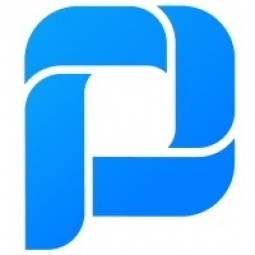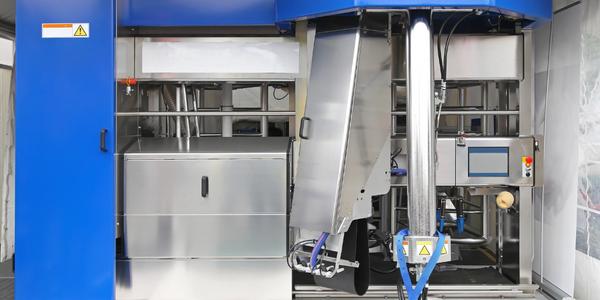Customer Company Size
Large Corporate
Region
- America
Country
- Peru
Product
- ProcessMaker
Tech Stack
- Low-code BPM
- Workflow software
Implementation Scale
- Enterprise-wide Deployment
Impact Metrics
- Productivity Improvements
- Digital Expertise
Technology Category
- Application Infrastructure & Middleware - API Integration & Management
Applicable Functions
- Business Operation
Use Cases
- Process Control & Optimization
Services
- System Integration
About The Customer
The Ministry of Housing, Construction, and Sanitation of Peru is the government ministry responsible for housing materials and construction, as well as the water supply. The Ministry designs promote, and executes the sectoral policy, contributing to the sustainable territorial development of the country. It aims to primarily benefit the population with fewer resources. The Environment Office of the Peruvian Ministry of Housing minimizes the environmental footprint of the Ministry’s housing and construction. This same office maintains a registry of companies contracted for large construction projects. The Peruvian government sought an automated workflow solution that centralized data and organized administrative processes.
The Challenge
The main issue was that the Peruvian government relied heavily on paper-intensive, manual solutions with this registry. Before ProcessMaker, registration was a manual process that stored information in Microsoft Excel spreadsheets. Time was wasted in determining the status of each registration application. The lack of automation and digitization made evaluating registration applications difficult and tedious. In addition, an audit trail didn’t exist to enforce filing requirements with applicants. The lack of reporting tools in place, along with access to centralized information, proved that evaluating the environmental performance of applicants was nearly impossible.
The Solution
The Peruvian government chose ProcessMaker as an automated workflow platform to improve its processes by centralizing information from administrative activities. ProcessMaker’s robust integration capabilities allow the Peruvian government to build workflows that connect their point solutions together on one platform. A major benefit to the registration process after implementing ProcessMaker was how applications were started. Statistical data from the initial registration process was gathered and stored in a central repository using ProcessMaker. The information could then be automatically pulled and generated to evaluate applications’ statuses. In addition, integration with email systems improved the distribution of application status information. ProcessMaker would automatically send email notices based on the time needed for different tasks in the registration process.
Operational Impact
Quantitative Benefit

Case Study missing?
Start adding your own!
Register with your work email and create a new case study profile for your business.
Related Case Studies.

Case Study
System 800xA at Indian Cement Plants
Chettinad Cement recognized that further efficiencies could be achieved in its cement manufacturing process. It looked to investing in comprehensive operational and control technologies to manage and derive productivity and energy efficiency gains from the assets on Line 2, their second plant in India.

Case Study
Airbus Soars with Wearable Technology
Building an Airbus aircraft involves complex manufacturing processes consisting of thousands of moving parts. Speed and accuracy are critical to business and competitive advantage. Improvements in both would have high impact on Airbus’ bottom line. Airbus wanted to help operators reduce the complexity of assembling cabin seats and decrease the time required to complete this task.

Case Study
Improving Production Line Efficiency with Ethernet Micro RTU Controller
Moxa was asked to provide a connectivity solution for one of the world's leading cosmetics companies. This multinational corporation, with retail presence in 130 countries, 23 global braches, and over 66,000 employees, sought to improve the efficiency of their production process by migrating from manual monitoring to an automatic productivity monitoring system. The production line was being monitored by ABB Real-TPI, a factory information system that offers data collection and analysis to improve plant efficiency. Due to software limitations, the customer needed an OPC server and a corresponding I/O solution to collect data from additional sensor devices for the Real-TPI system. The goal is to enable the factory information system to more thoroughly collect data from every corner of the production line. This will improve its ability to measure Overall Equipment Effectiveness (OEE) and translate into increased production efficiencies. System Requirements • Instant status updates while still consuming minimal bandwidth to relieve strain on limited factory networks • Interoperable with ABB Real-TPI • Small form factor appropriate for deployment where space is scarce • Remote software management and configuration to simplify operations

Case Study
Developing Smart Tools for the Airbus Factory
Manufacturing and assembly of aircraft, which involves tens of thousands of steps that must be followed by the operators, and a single mistake in the process could cost hundreds of thousands of dollars to fix, makes the room for error very small.









